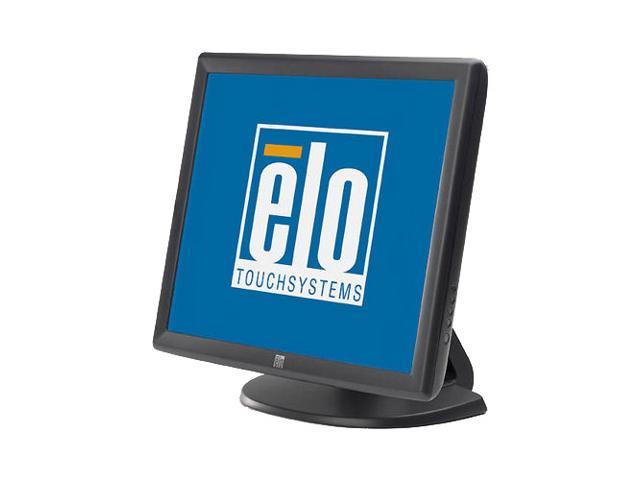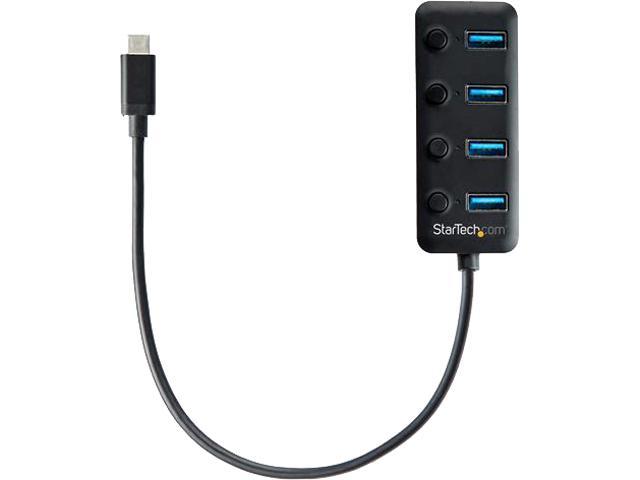This book consists of two parts of capture and storage. The capture part introduces the main carbon dioxide capture technologies: Absorption, adsorption and membrane. The chapter of chemical absorption shows the research results of carbon dioxide capture using novel aqueous amine solutions. Amine-modified solid sorbents and hydrophobic adsorbents are introduced in the adsorption chapter. “Molecular gate membrane” developed by RITE (Research Institute of Innovative Technology for the Earth) is described with the latest research results. Such information is valuable and accelerates the technology progress.This storage part firstly describes the fundamentals of commonly used monitoring technologies at the carbon dioxide storage sites and then provides detailed field data collected from the Nagaoka project. This enables readers to understand how the monitoring tool works and what is the practical ability. Among the pilot carbon dioxide injection projects, Nagaoka provides the world’s first field data set of geochemical reactions and residual trapping mechanism. The book also provides a comprehensive overview of the potential impact of carbon dioxide leakage on marine ecosystems from the previous carbon dioxide ocean storage projects.















